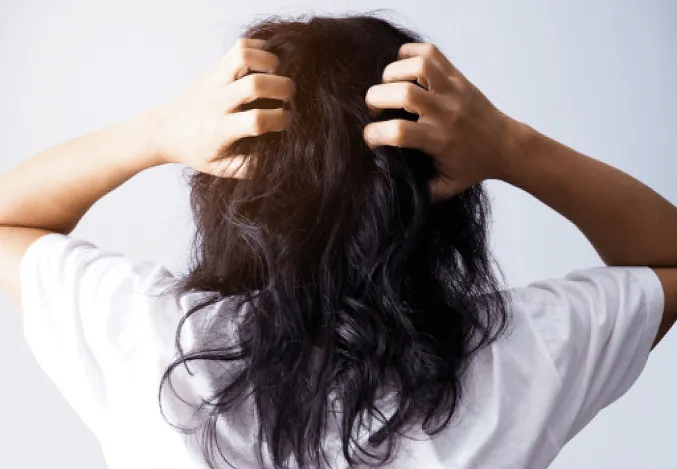Head Lice & Scabies
Head lice and scabies can cause intense itching, irritation, and discomfort — and both are highly contagious. Lice spread easily through head-to-head contact, especially in children, while scabies is caused by tiny mites that burrow under the skin. If you or someone in your household is affected, fast and complete treatment is essential to stop the spread. We offer effective over-the-counter products to treat both head lice and scabies from the comfort of your home. Explore our treatments below for fast relief and peace of mind, with discreet UK delivery.

What are Head Lice and Scabies?
Head lice are tiny insects that live on the scalp and hair, feeding on blood and causing intense itching. They spread easily through direct head-to-head contact, especially among children, or by sharing personal items like hats, brushes, and towels.
Scabies is a skin condition caused by tiny mites burrowing into the upper layer of the skin. It causes severe itching and a rash with small red bumps or blisters. Scabies spreads mainly through prolonged skin-to-skin contact, making it more common in crowded living conditions.
Common symptoms of Head Lice
- Intense scalp itching (an allergic reaction to louse bites).
- Visible lice crawling on the scalp or hair (tiny and fast-moving).
- Nits (eggs) stuck firmly to hair shafts, especially behind the ears or at the nape.
- Sores or red bumps from scratching, which can become infected.
Common symptoms of Scabies
- Severe itching, often worse at night.
- Red, pimple-like rash between fingers, on wrists, elbows, waist, or other skin folds.
- Sores or crusting from scratching, which can become infected.
- Thick crusts (in severe cases), especially in people with weakened immune systems.
How to prevent Head Lice and Scabies
- Avoid sharing combs, hats, hair accessories, towels, and clothing.
- Keep long hair tied back during close-contact activities.
- Regularly wash clothes, bed linens, and towels in hot water.
- Vacuum floors, furniture, and car seats where an infested person has been.
- Minimise prolonged skin-to-skin contact with anyone known to have scabies.
How to treat Head Lice & Scabies
Effective over-the-counter treatments can eliminate infestations and relieve symptoms:
- Head lice treatments: Medicated lotions, shampoos, or sprays like Full Marks or Derbac M kill lice and eggs.
- Scabies treatments: Prescription creams such as permethrin should be applied to the entire body and washed off after the recommended time.
- Wash all clothing, bedding, and towels after treatment to prevent reinfestation.
- Family members or close contacts may also need treatment to stop the spread.
Buy Head Lice & Scabies Treatments online
You can easily order trusted head lice and scabies treatments online from Click Pharmacy. Enjoy fast, discreet UK delivery so you can start treatment quickly and relieve discomfort
How to order
Order your Head Lice & Scabies medication in a few clicks. Ordering from us is easy, fast and discreet.
Free Online Assessment
Answer a few simple questions about your health.
Choose Your Medication
Our prescribers will review and guide you to the right treatment.
Fast Delivery
Once approved, your treatment is dispatched discreet packaging by next day delivery.